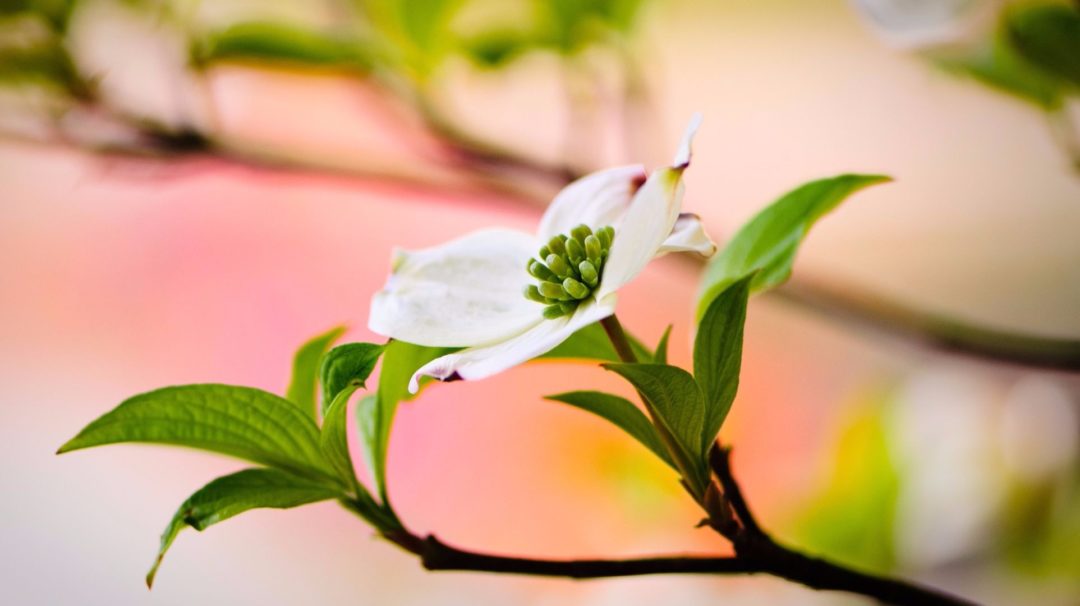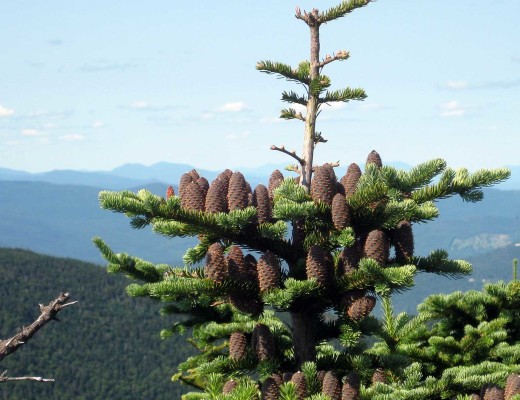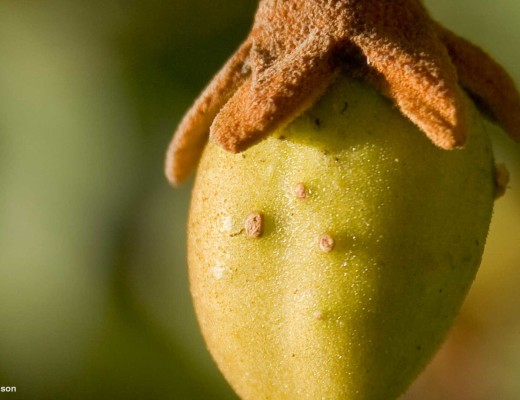Cornus florida
Flowering dogwood holds a special place in the heart of all who love trees. Perhaps this is because of its bloom — bursting forth in the dark woods or barren backyard with a promise that the dreary days of winter are over. Perhaps it is its brilliant fall leaves and bright berries, or the unusual pattern of its bark. Maybe it’s the gracefulness of its crown, or, for those who look closely, the interesting shape of its buds.
Whatever the reason, this little tree has long been a favorite in America. It captured the fancy of George Washington who wrote in his diary on this fifty-third birthday that he had planted “a circle of Dogwood with a red bud in the middle…” at his beloved Mount Vernon. Six years later, in 1791, the romantic botanist William Bartram noted a “grove” of dogwoods in Alabama that “continued nine or ten miles unalter(ed), except here and there are a towering magnolia.”
He conjectured that the “spacious groves of this fine flowering tree…must, in the spring season, when covered with blossoms, present a most pleasing scene.”
Scenes like that on a grand scale soon yielded to the ax and saw as the tough, smooth wood of dogwood became a favorite for shuttles in the growing nation’s textile industry. Dogwood as a forest tree with a trunk tall and limbless enough for the lumber trade became a rarity. Today, scattered dogwoods still grace the eastern forests, but they are usually small, with their crowns spreading from limbs low on the trunk.
Read Which Small Trees will Work in your Yard?
Flowering dogwood is the state tree of Missouri and Virginia, co-state tree of New Jersey (and memorial to all war dead), and the state flower of North Carolina.
What’s in a Name?
For all the beauty of this tree, the common name of dogwood may come from something less lovely — “dagger.” This, in turn, comes from its early use as a skewer, or thin piece of wood used to hold meat together. The tendency of its wood to not splinter made it popular for this purpose.
The scientific genus name, Cornus, derives from the Latin, cornu, or horn, in reference to another use of its hard wood. The species name, florida, is also from Latin, flos, meaning flowery.
In the Landscape
An excellent landscape choice for all four seasons. White “flowers” show their beauty in spring, foliage turns a vibrant red-purple in fall and glossy red fruits attract winter songbirds for the enjoyment of all. It’s a good tree for planting near utility lines, next to larger buildings, or near patios, as it will only reach 25 feet at maturity. It adds a nice contrast when planted with pink or red dogwoods or with larger evergreens in the background.





Can I prune a white dogwood. I need to restrict width and height. Thank you.
Hi Virgini, yes, you can prune a dogwood tree. Check out this video for step-by-step instructions.